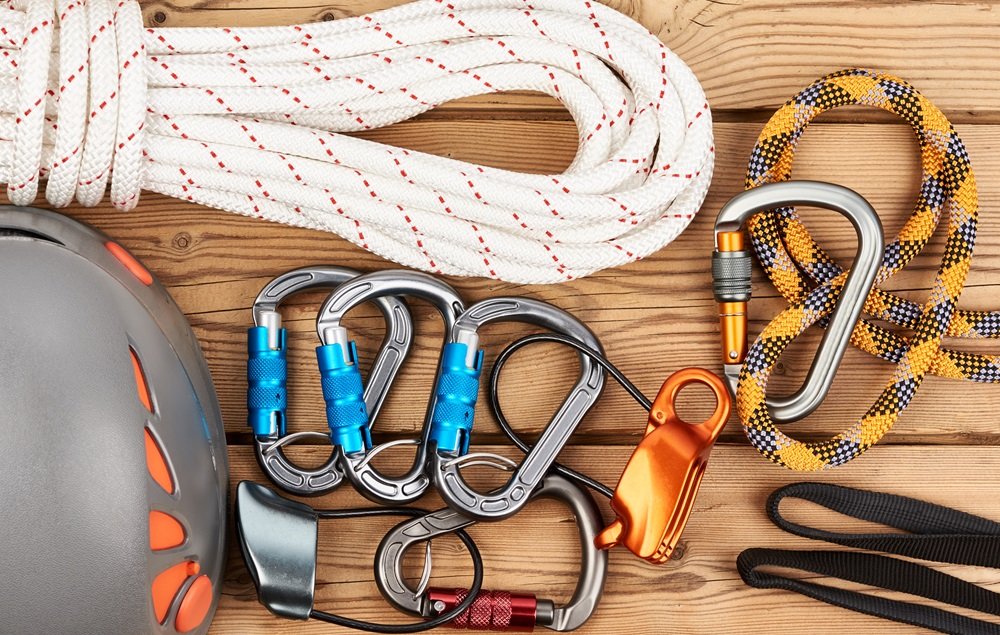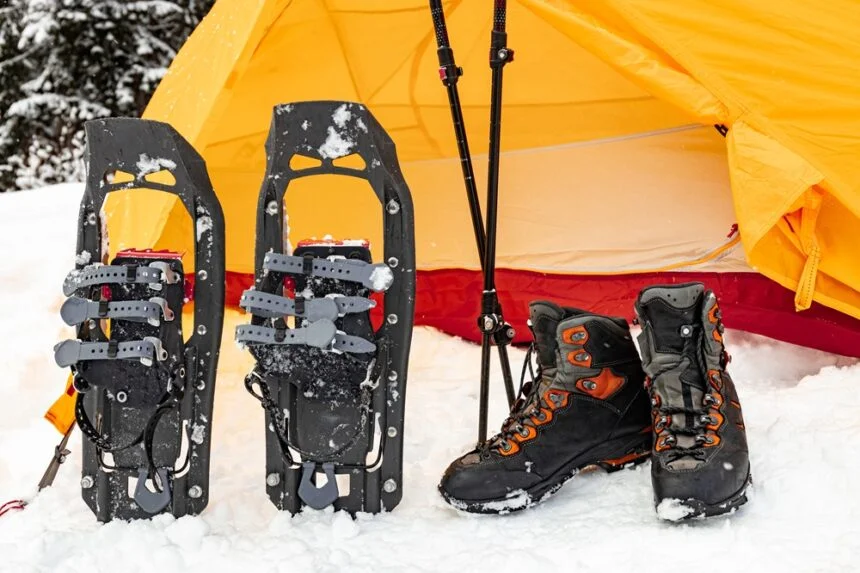Building Your Dream Climbing Gear Collection: A Smart Investment Guide
Starting your journey into rock climbing gear collection can feel overwhelming. With so many shiny tools hanging at the store, it’s easy to spend too much on gear you might not need yet.
This guide will help you invest wisely, building your collection as your skills develop.
The Foundations of Smart Climbing Gear Investment
Every climber needs a solid foundation of essential gear before branching out. Your first purchases should reflect your immediate needs while setting you up for future adventures.
When you’re new to climbing, focus on versatile gear that works across different climbing styles. This approach saves you money and helps you discover which type of climbing you enjoy most before making specialized investments.
Start With the Essentials
Your first gear purchases should include items you’ll use regardless of which climbing path you take. These basics form the core of your collection.
| Essential Gear | Why It Matters | Investment Level |
| Quality Shoes | Direct contact with rock; affects performance | $80-150 |
| Harness | Safety and comfort for all roped climbing | $50-100 |
| Chalk Bag & Chalk | Improves grip in all conditions | $15-30 |
| Helmet | Protection from falling rocks and impacts | $60-120 |
Start with comfortable, all-around shoes rather than aggressive specialized ones. As a beginner, you need shoes that won’t torture your feet while you develop technique. Later, when your skills advance, you can justify more specialized footwear.
Building Your Collection: The Three-Phase Approach
Phase 1: The Basics (0-6 months)
During your first six months, stick to the essentials mentioned above. Consider adding:
- A belay device (tube-style devices are versatile)
- Several locking carabiners
- A personal anchor system
Renting gear during this phase lets you test equipment before buying. This strategy helps you discover preferences without committing large sums of money to gear you might replace later.
Phase 2: Specializing (6-18 months)
By now, you’ve likely discovered whether you prefer sport climbing, trad climbing, or bouldering. This is when you can start investing in gear specific to your preferred style.
For sport climbers, add:
- 10-12 quickdraws
- A rope (60-70m, 9.5-10mm diameter)
- A rope bag
For boulderers, consider:
- A crash pad
- Specialized shoes
- Brush set for cleaning holds
For trad climbers, begin with:
- A starter set of passive protection (nuts)
- Basic active protection (4-5 cams in common sizes)
- Alpine draws and extra carabiners
Phase 3: Expanding Your Horizons (18+ months)
Once you’ve established your primary climbing style, you can fill gaps in your collection and prepare for advanced adventures.
Important: Don’t rush this phase. Each piece should serve a purpose in your climbing development.
The 20% Rule: A Sustainable Investment Strategy
Set aside approximately 20% of your climbing budget for gear upgrades each year. This disciplined approach prevents overspending while ensuring your equipment evolves with your skills.
When following the 20% rule, prioritize:
- Safety equipment that needs replacement
- Gear that addresses specific limitations in your climbing
- Specialized tools for new climbing goals

Making Your Gear Last Longer
Proper maintenance extends the life of your climbing equipment, improving your return on investment. Clean your gear regularly and inspect it before each climbing session.
Never ignore signs of wear on crucial safety equipment. While it might seem expensive to replace a worn harness or rope, the alternative could be catastrophic.
Finding Value Without Compromising Safety
You can find good deals on climbing gear without risking your safety:
- Shop end-of-season sales
- Consider “cosmetic seconds” from major brands
- Join climbing clubs for group purchase discounts
- Look for demo gear sales at climbing gyms
Remember that safety equipment like ropes, harnesses, and protection devices should always be purchased new unless you completely trust the source.
Your Climbing Journey, Your Gear Collection
Building your climbing gear collection is a personal journey that parallels your development as a climber.
By investing strategically and upgrading thoughtfully, you create a collection that supports your adventures without unnecessary expense.
As you grow in experience, your understanding of rock climbing gear will deepen, allowing you to make increasingly informed decisions about what belongs in your collection.
The most valuable piece of gear might ultimately be the knowledge you gain along the way.

